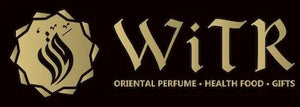Royal jelly sounds like a condiment fit for a queen — and that’s not too far from the truth! This noble substance is actually the food reserved for queen bees and their larvae legacy. Royal jelly is secreted from the glands of devoted worker bees and fed to bee larvae. After a few days, the larvae that have potential to develop into queens continue to be fed this sweet nectar.
Since queen bees are much bigger, live longer, and are more fertile than all the other bees, this substance is believed by some to impart mystical qualities
In reality, royal jelly is comprised of mostly B vitamins, 60 to 70 percent water, 12 to 15 percent protein, 10 to 16 percent sugars, and 3 to 6 percent fats, with salts, free amino acids, and other vitamins making up the rest. While consumption may have its benefits, this regal jam can also have some not-so-stately side effects.
What's all the buzz about royal jelly? In addition to its use as a general health tonic, people take royal jelly for a number of reasons, including:
- Slowing the signs of ageing
- Using it as an anti-inflammatory agent
- Stimulating hair growth
- Improving sexual performance and sperm production
- Reducing symptoms of menopause
- Healing bone fractures
- Lowering cholesterol and blood pressure
- Preventing arthritis, multiple sclerosis, and cancer
- Alleviating cardiovascular ailments


